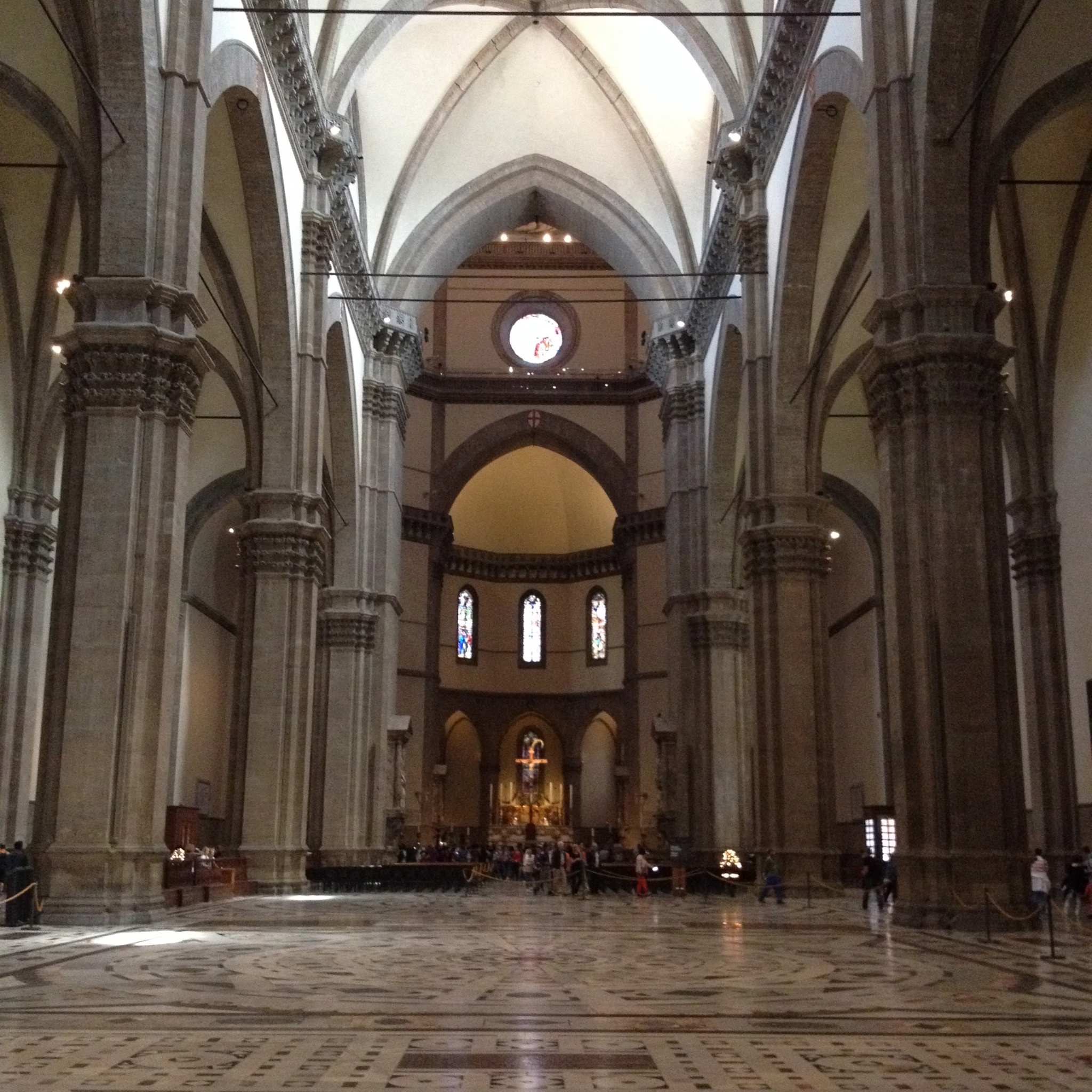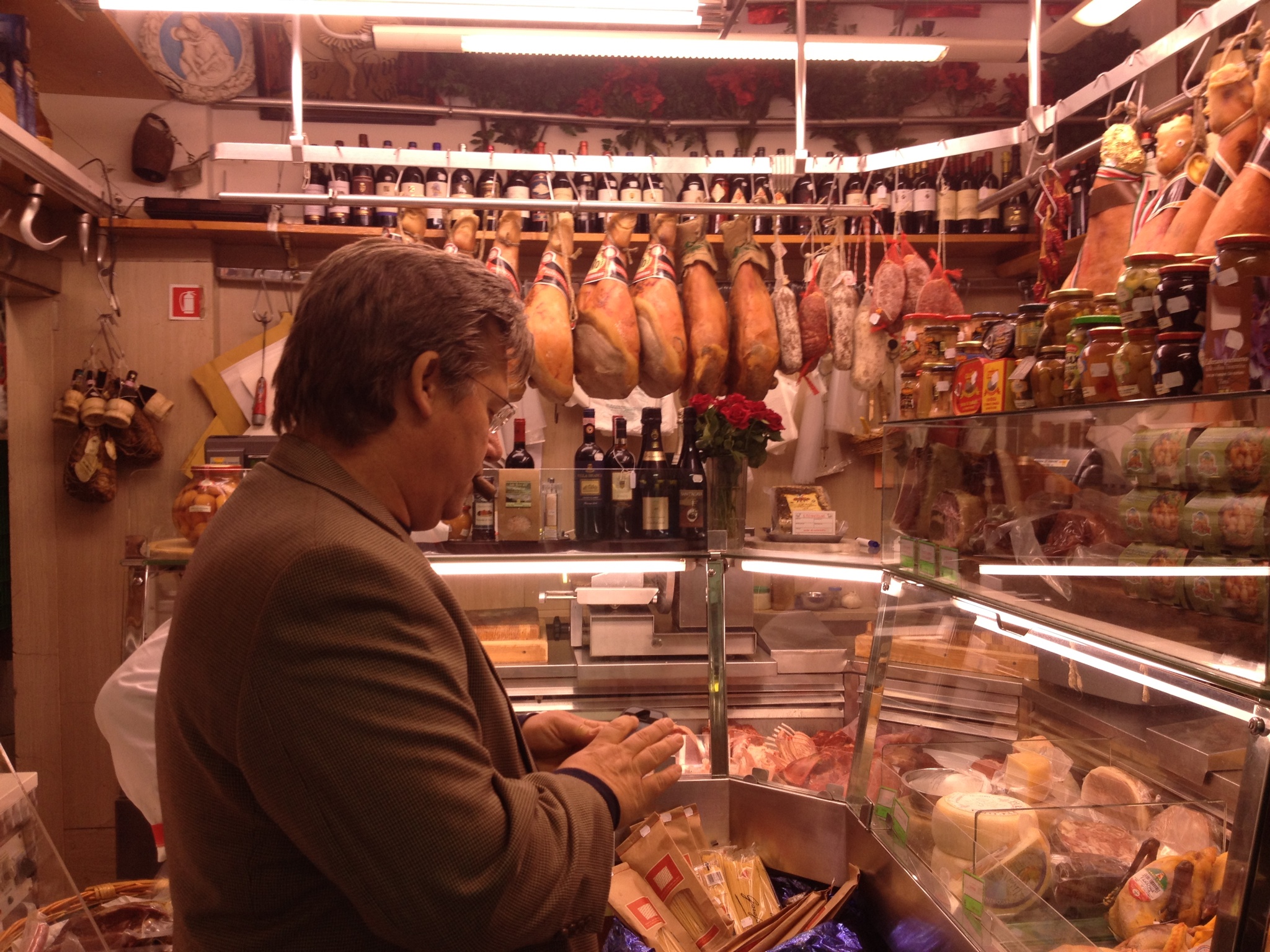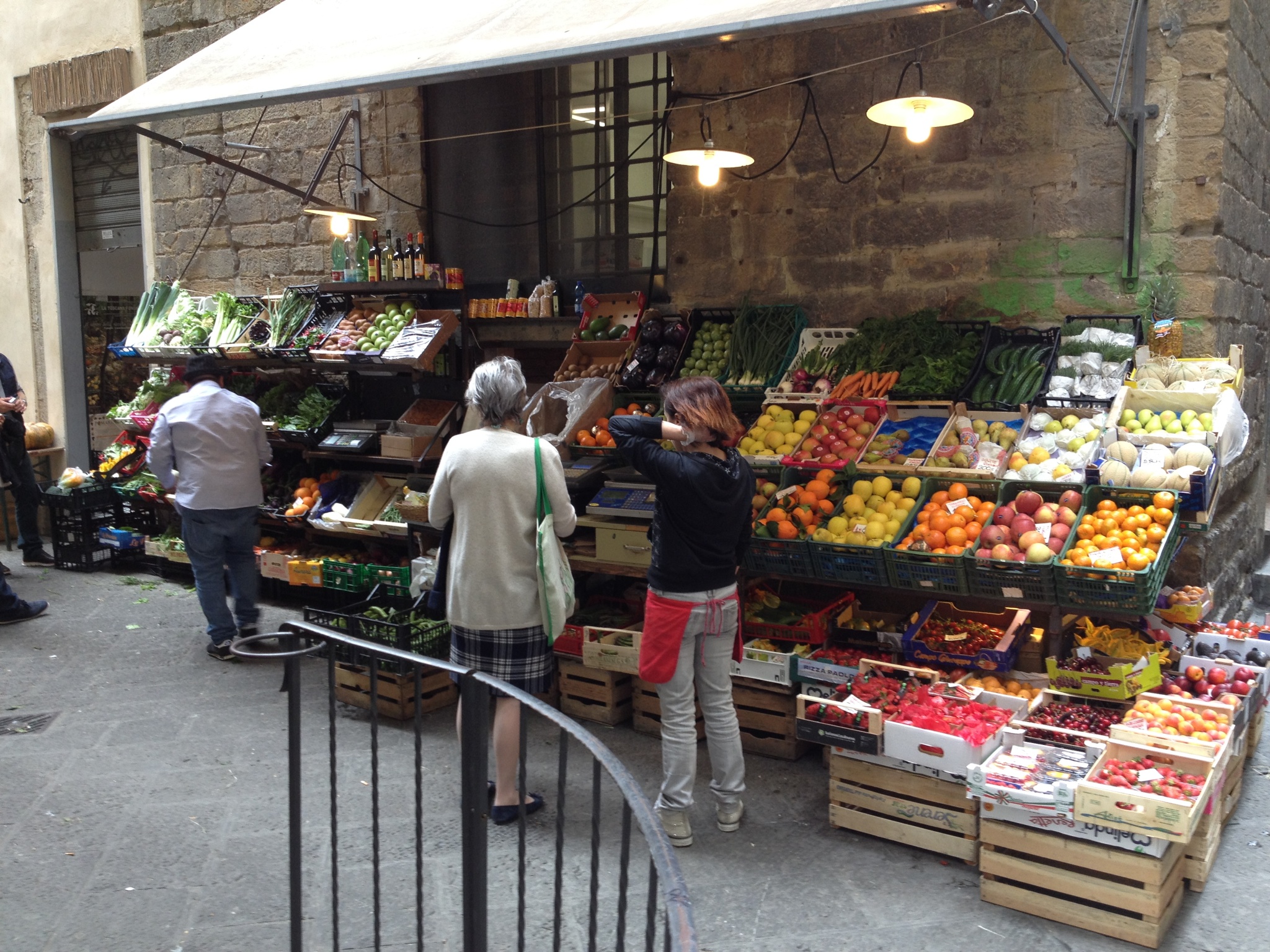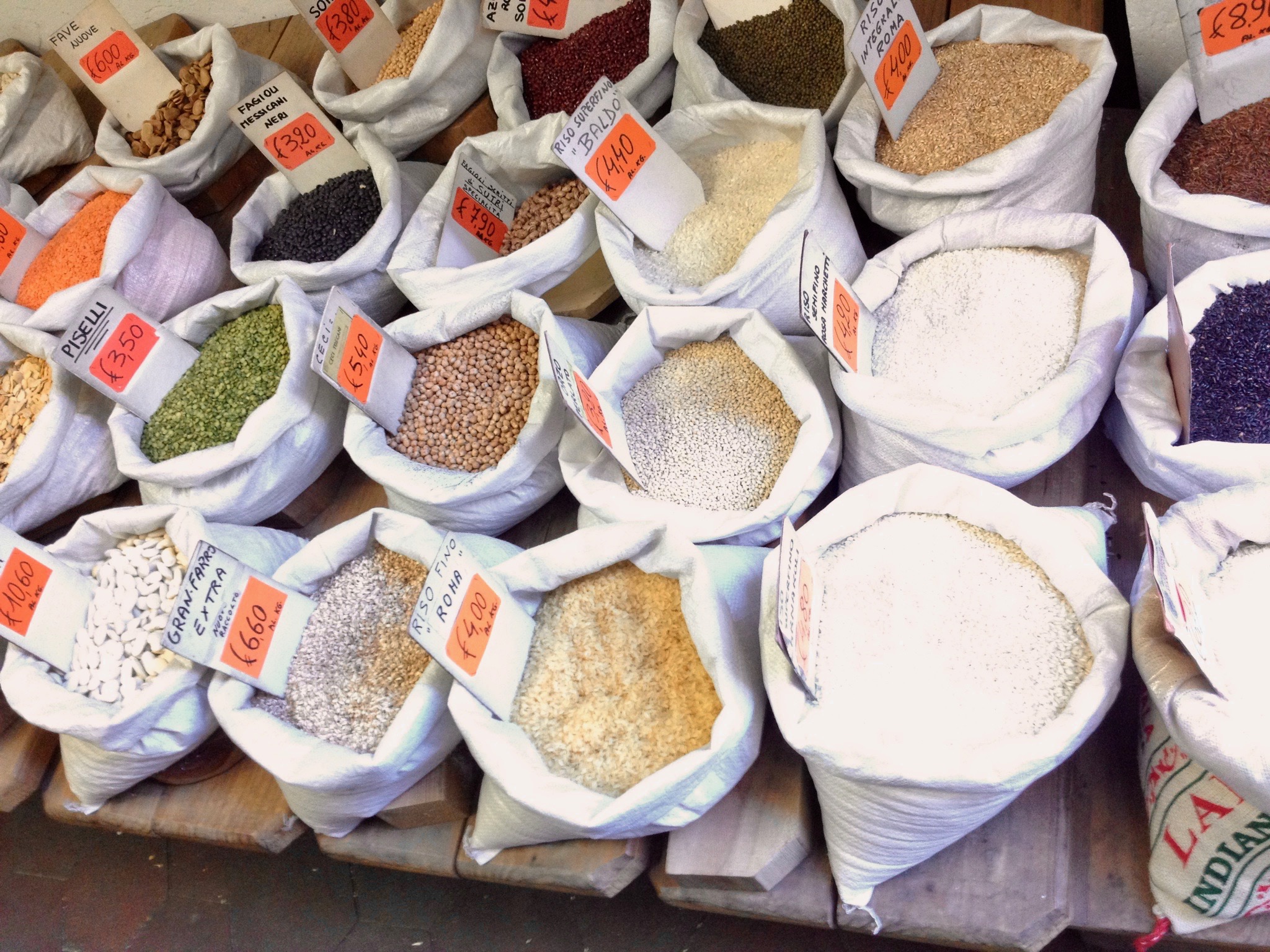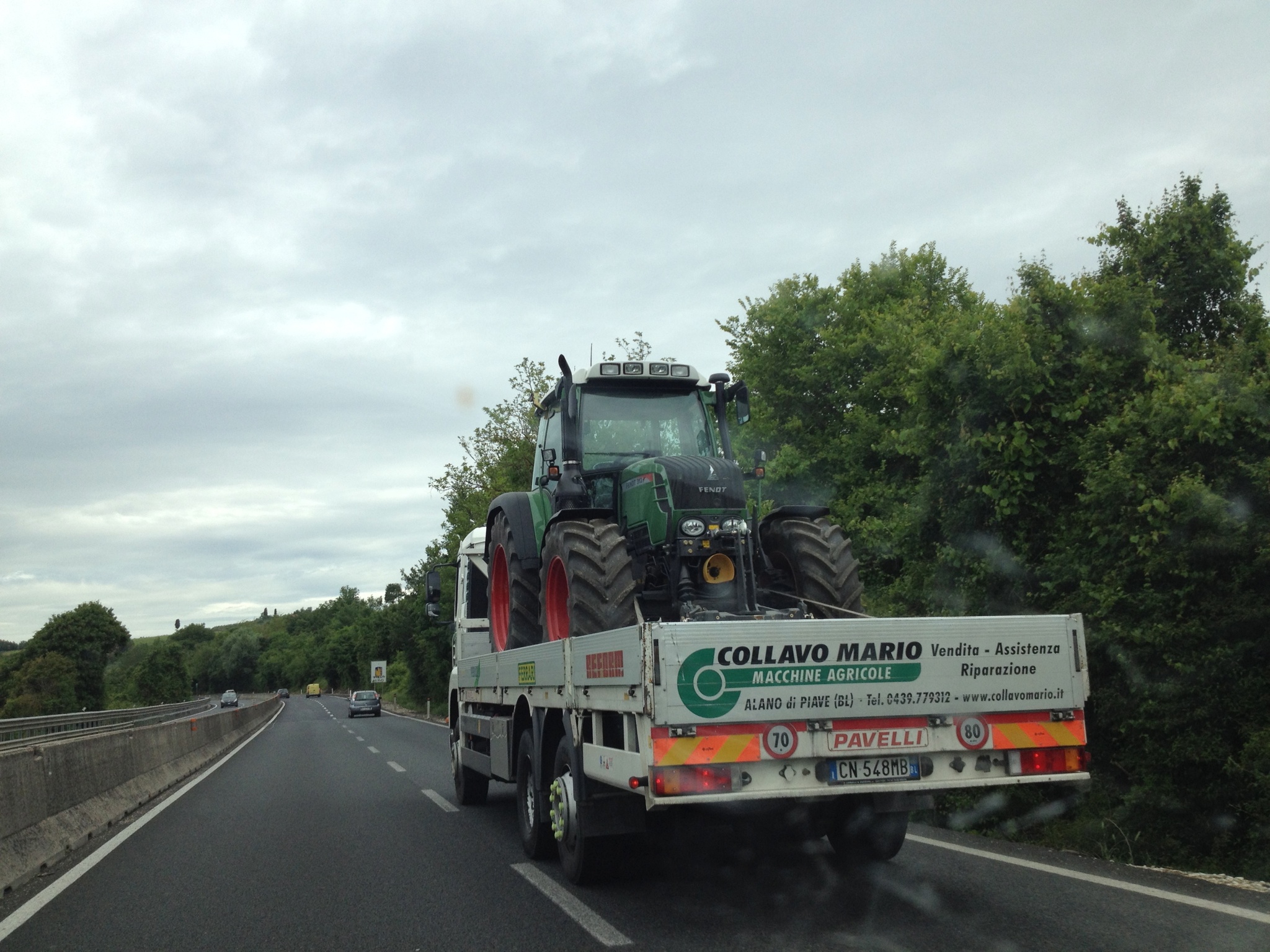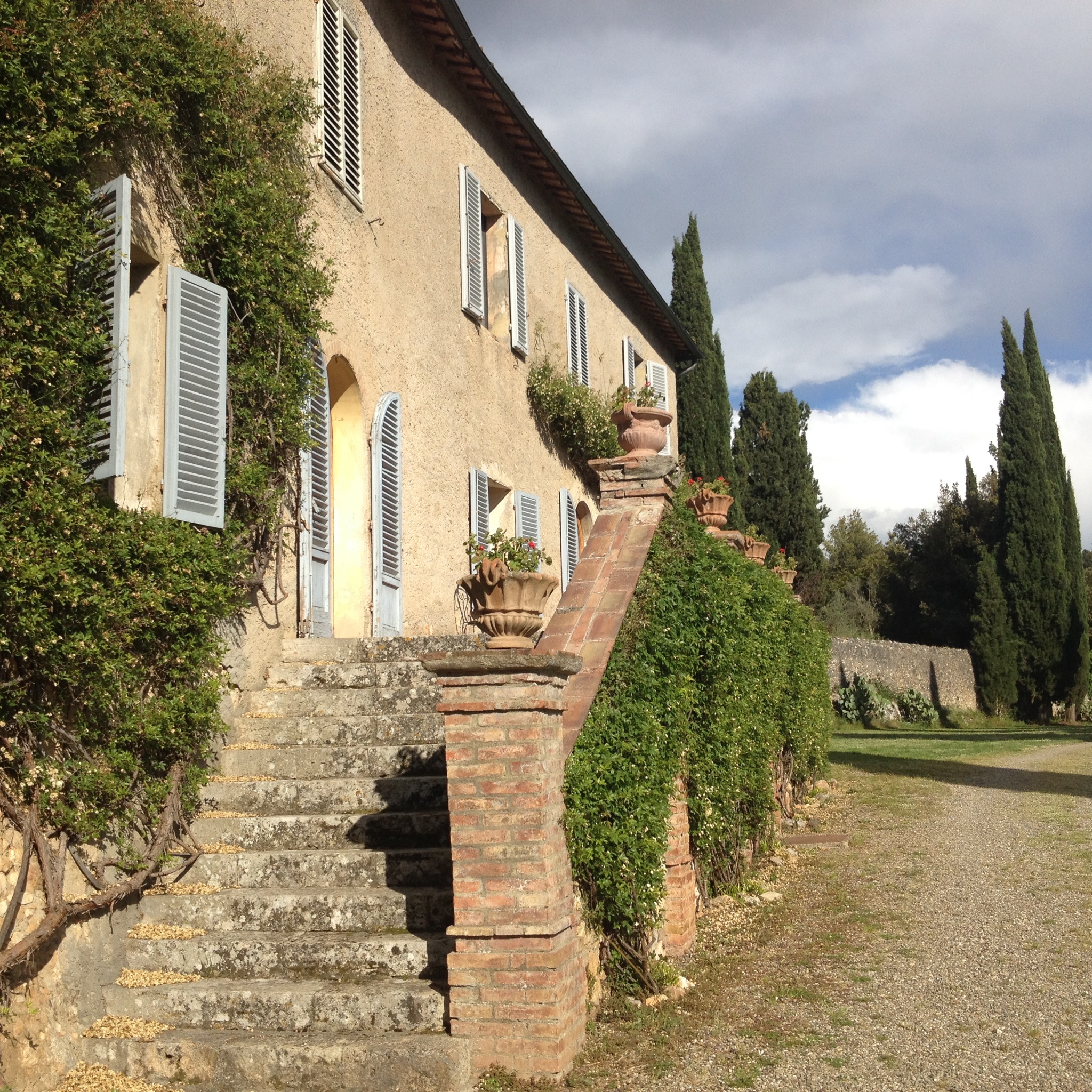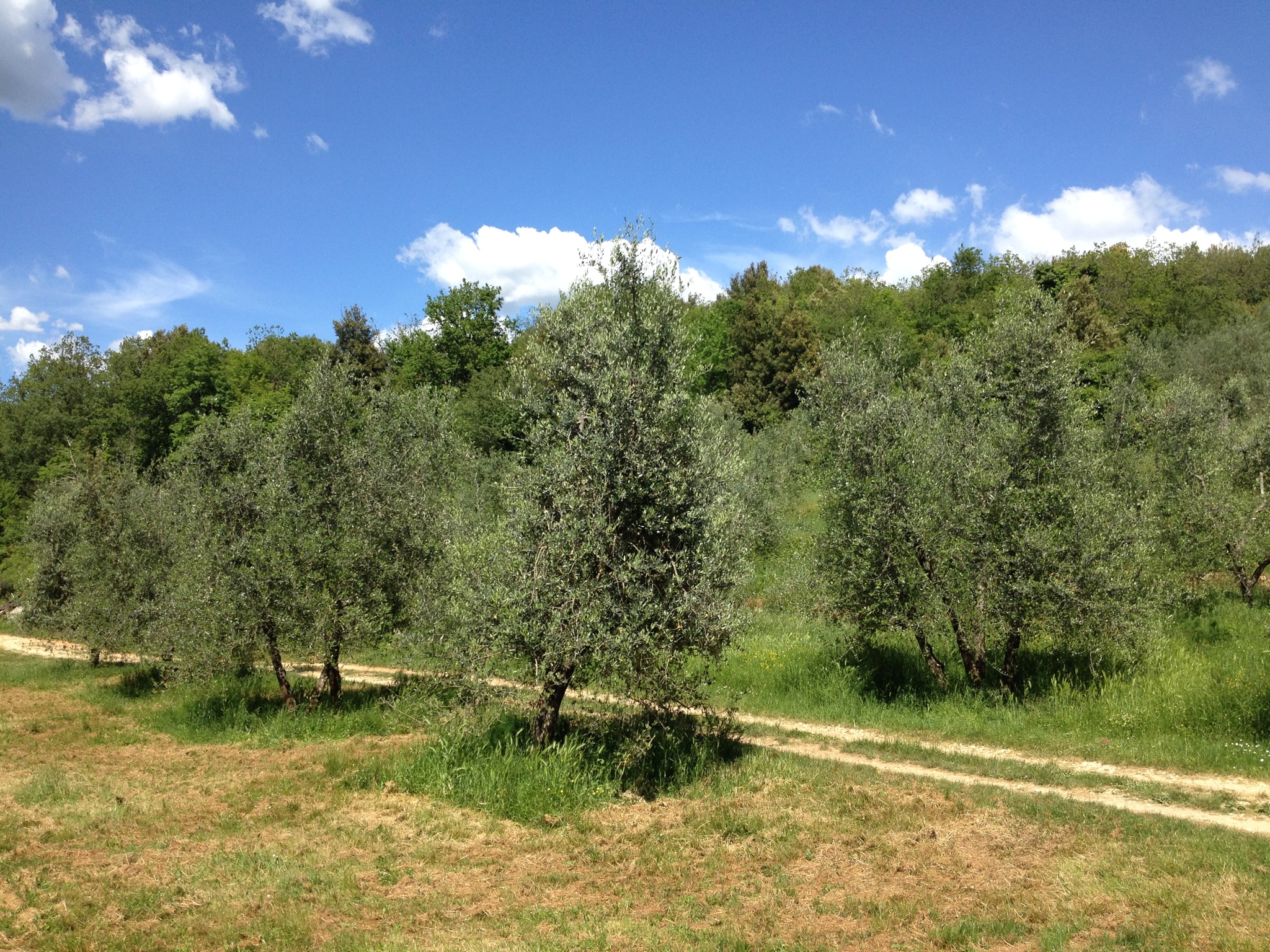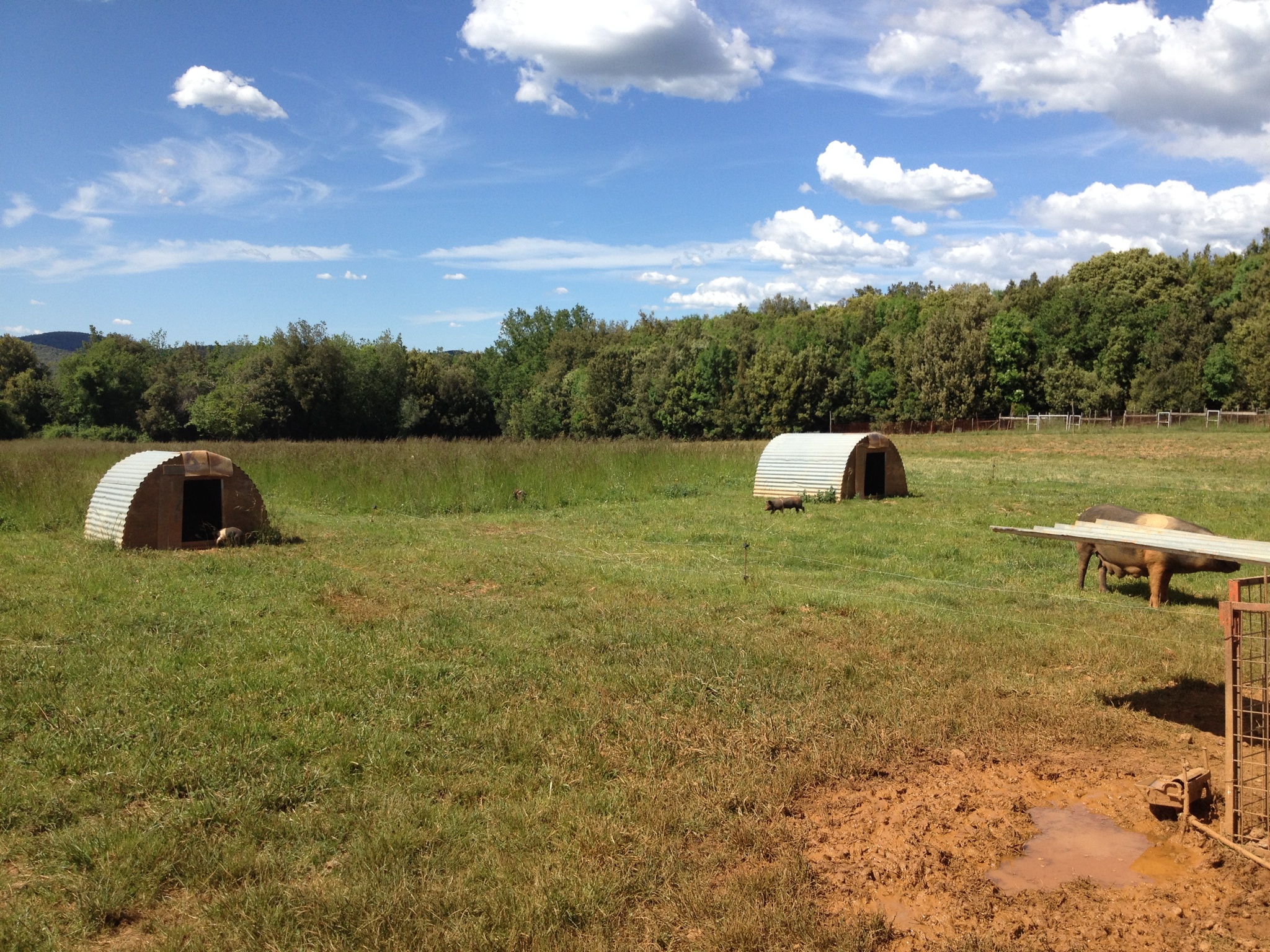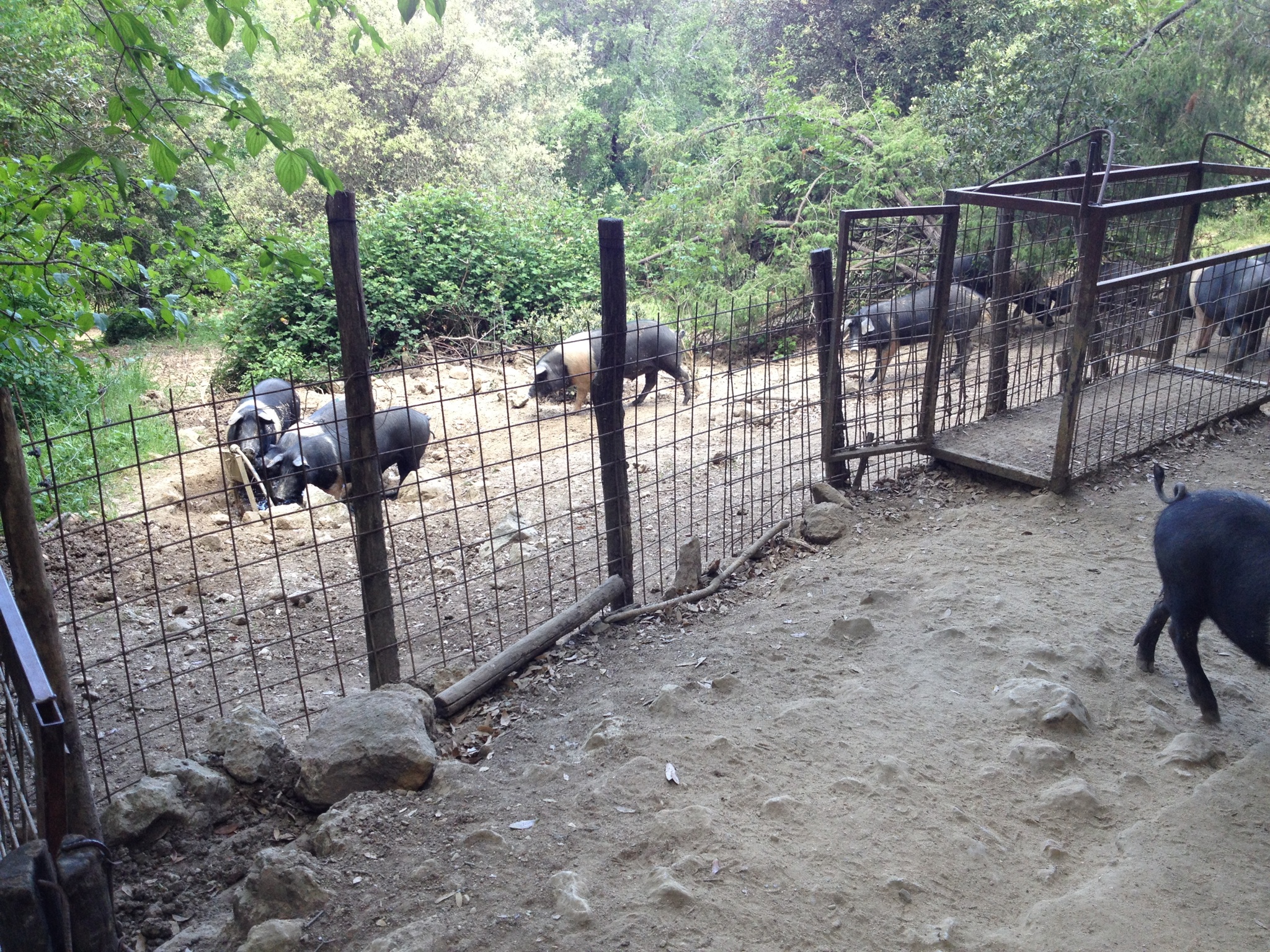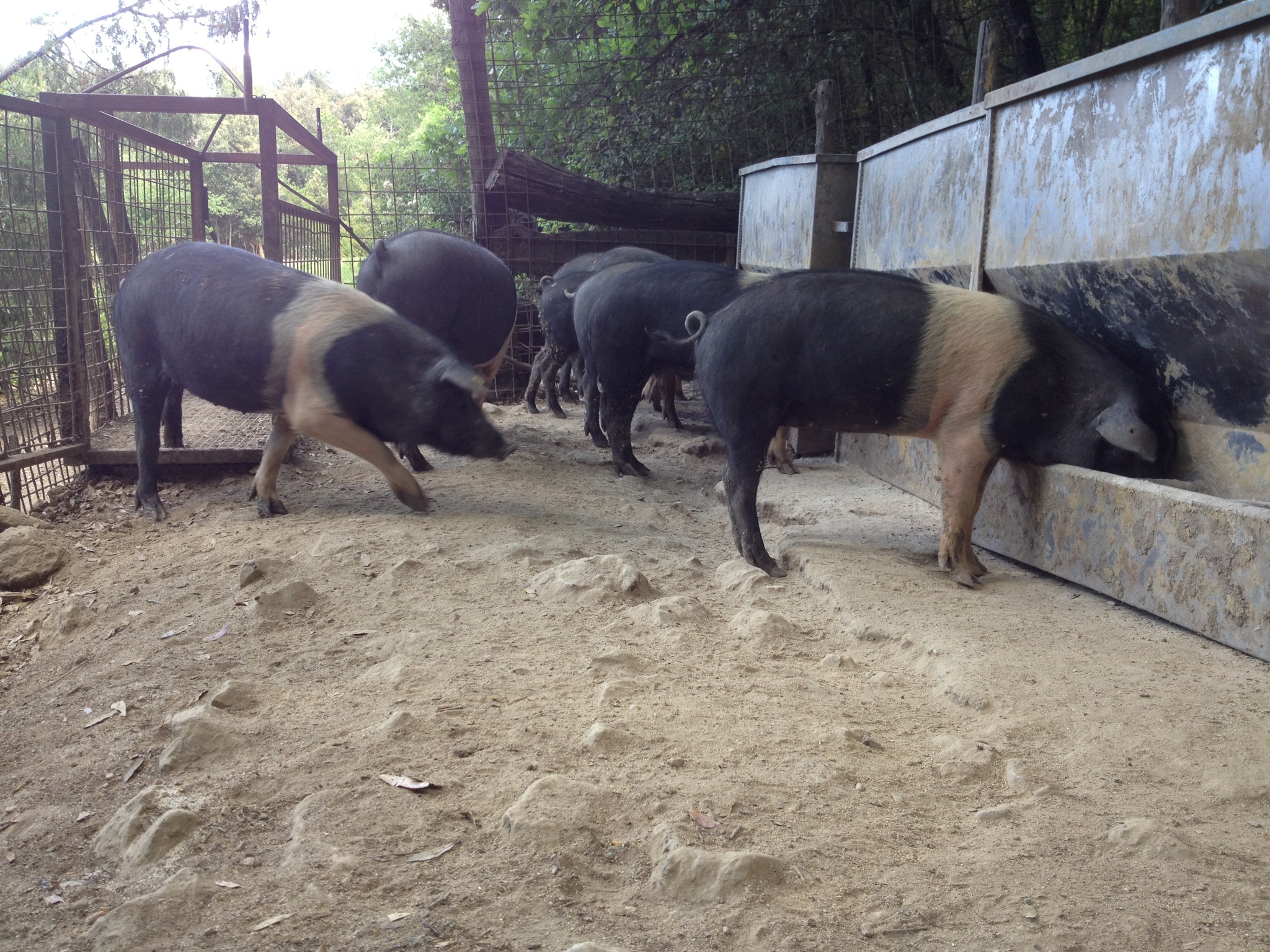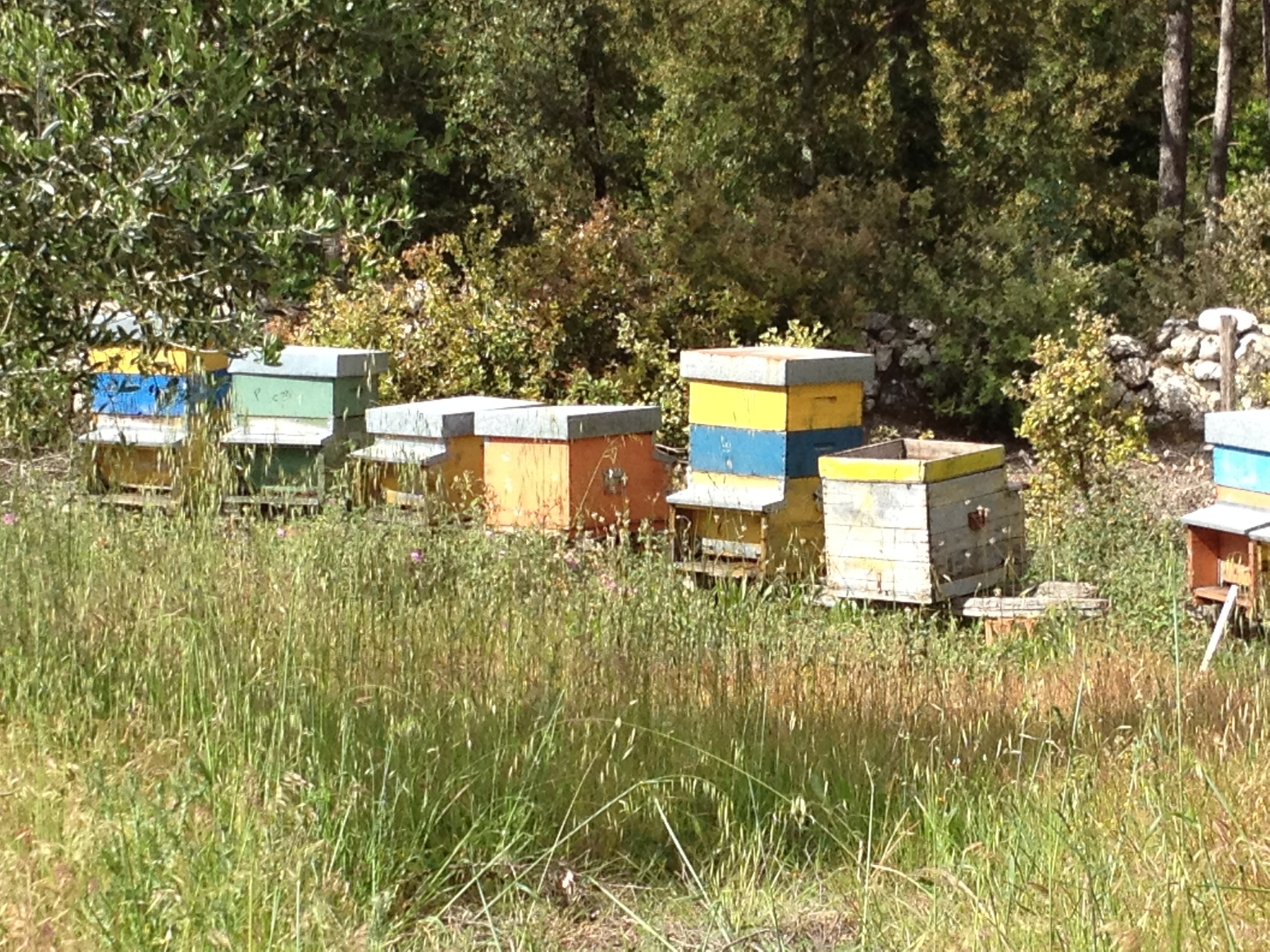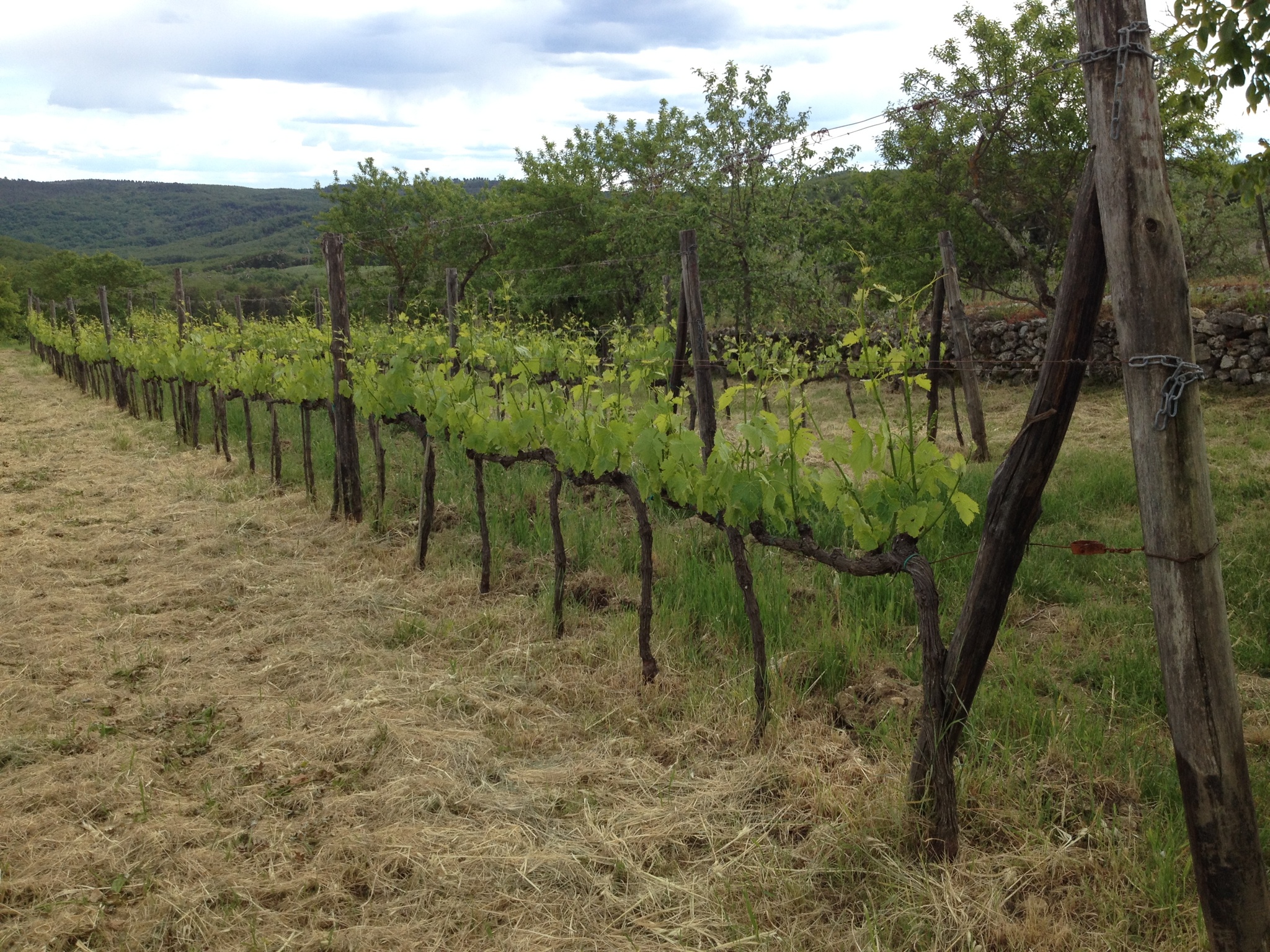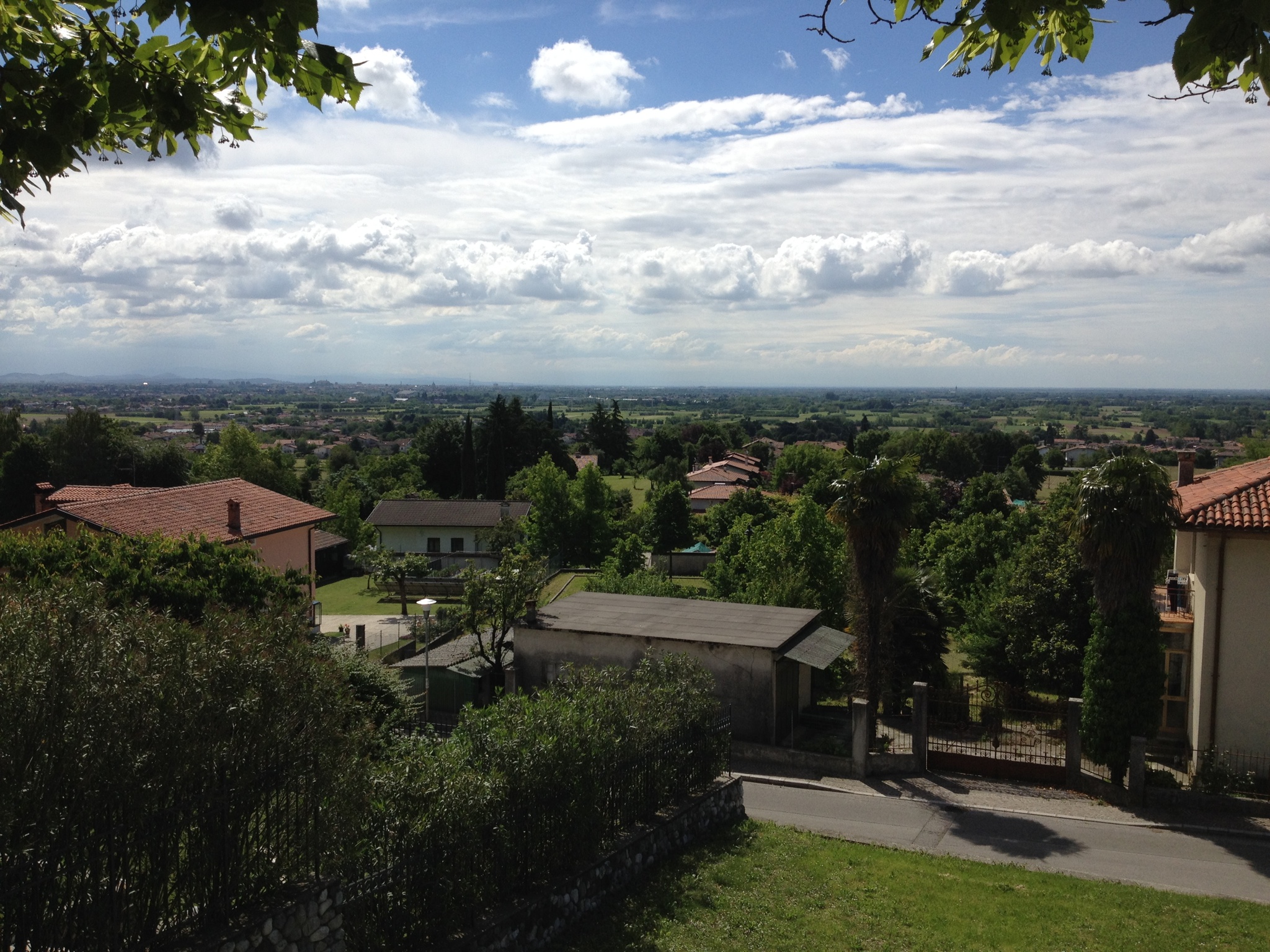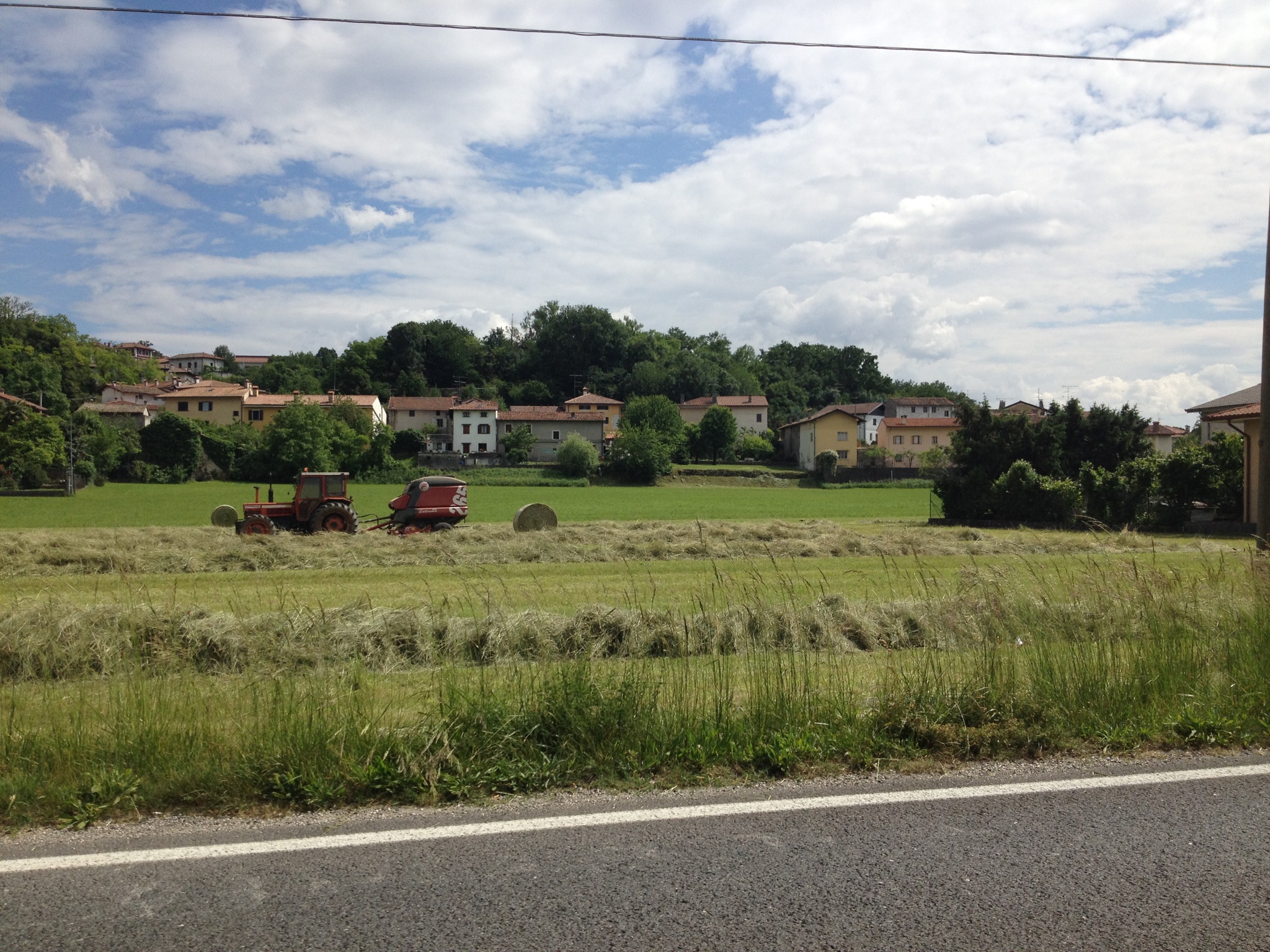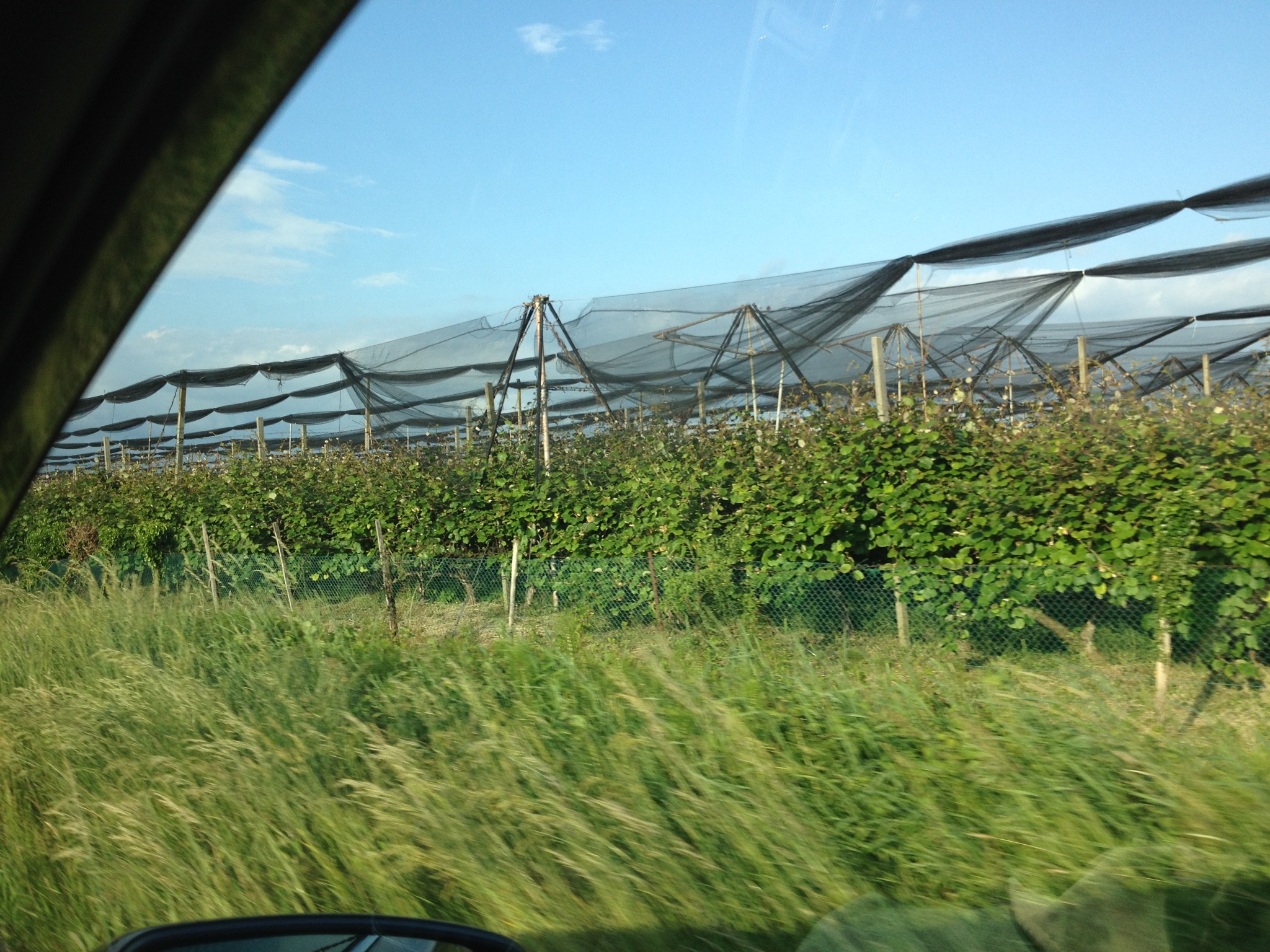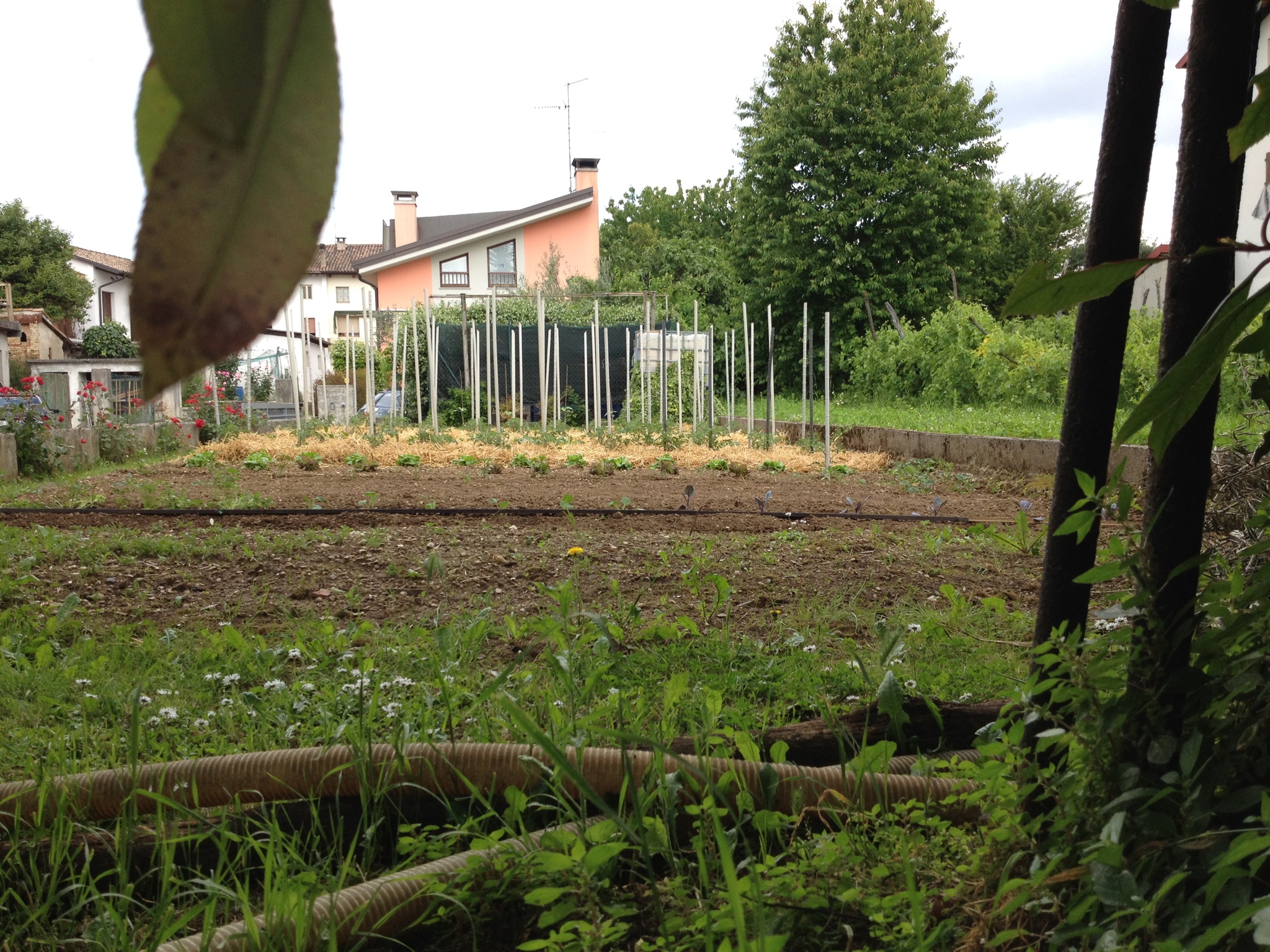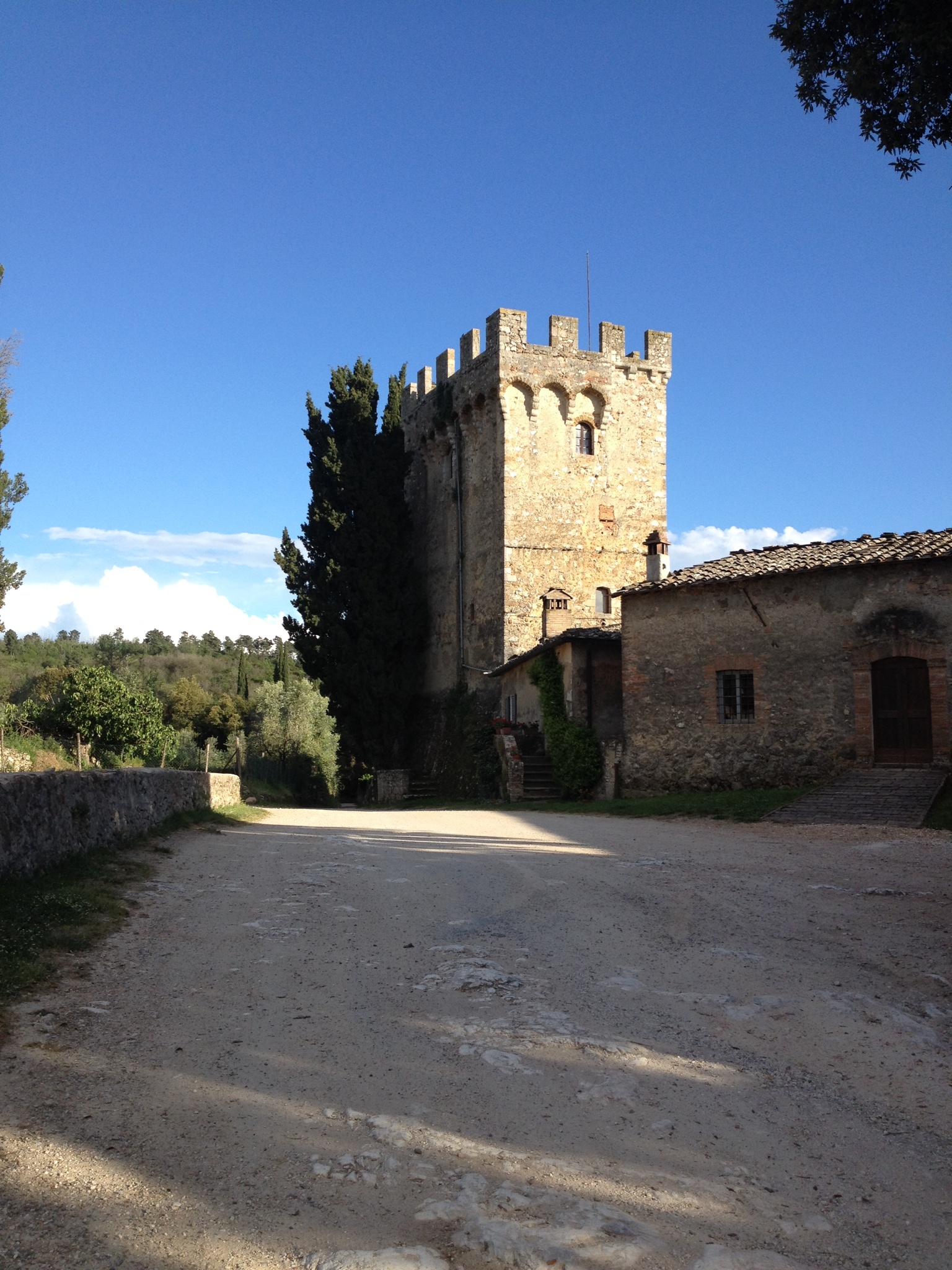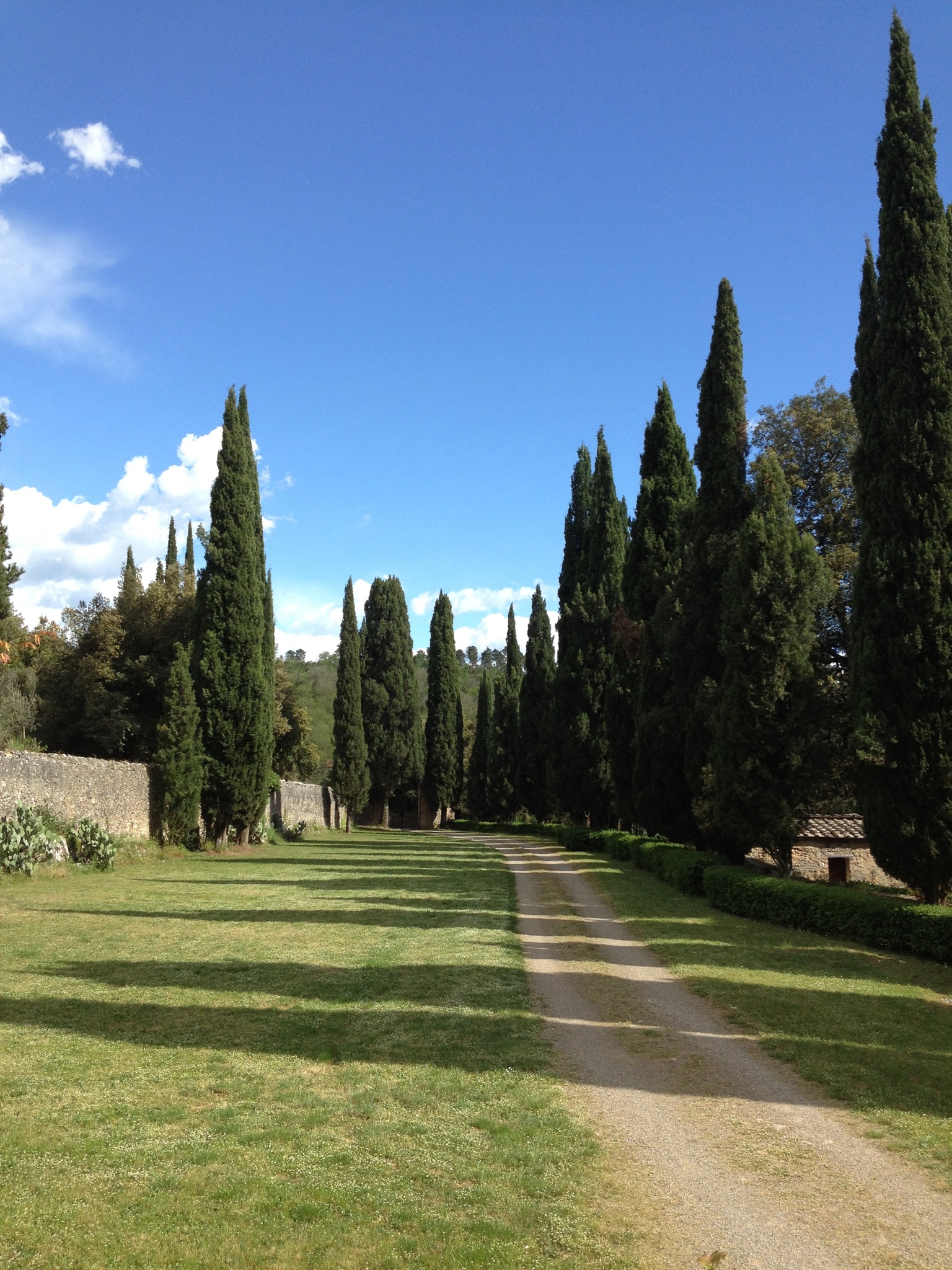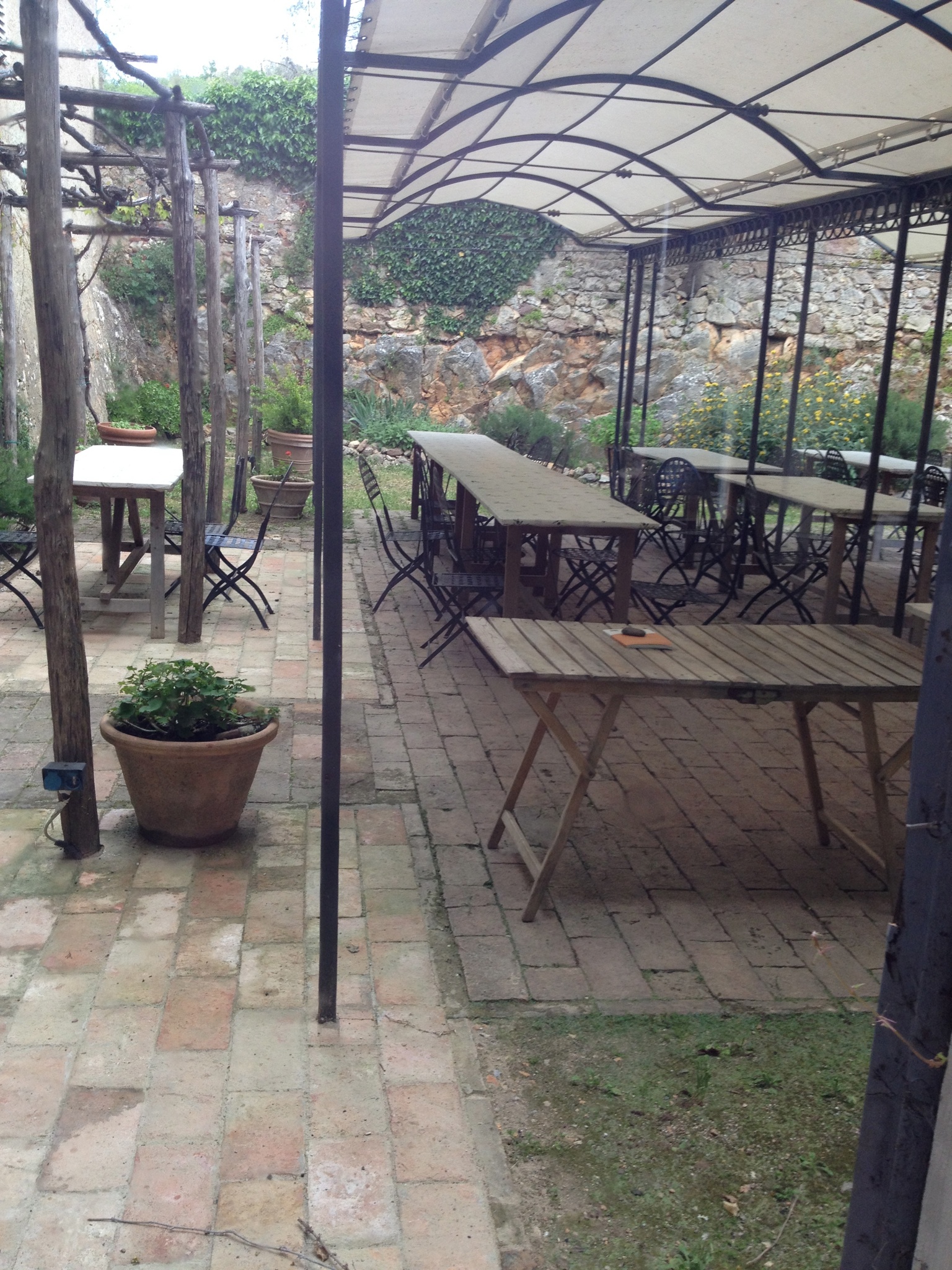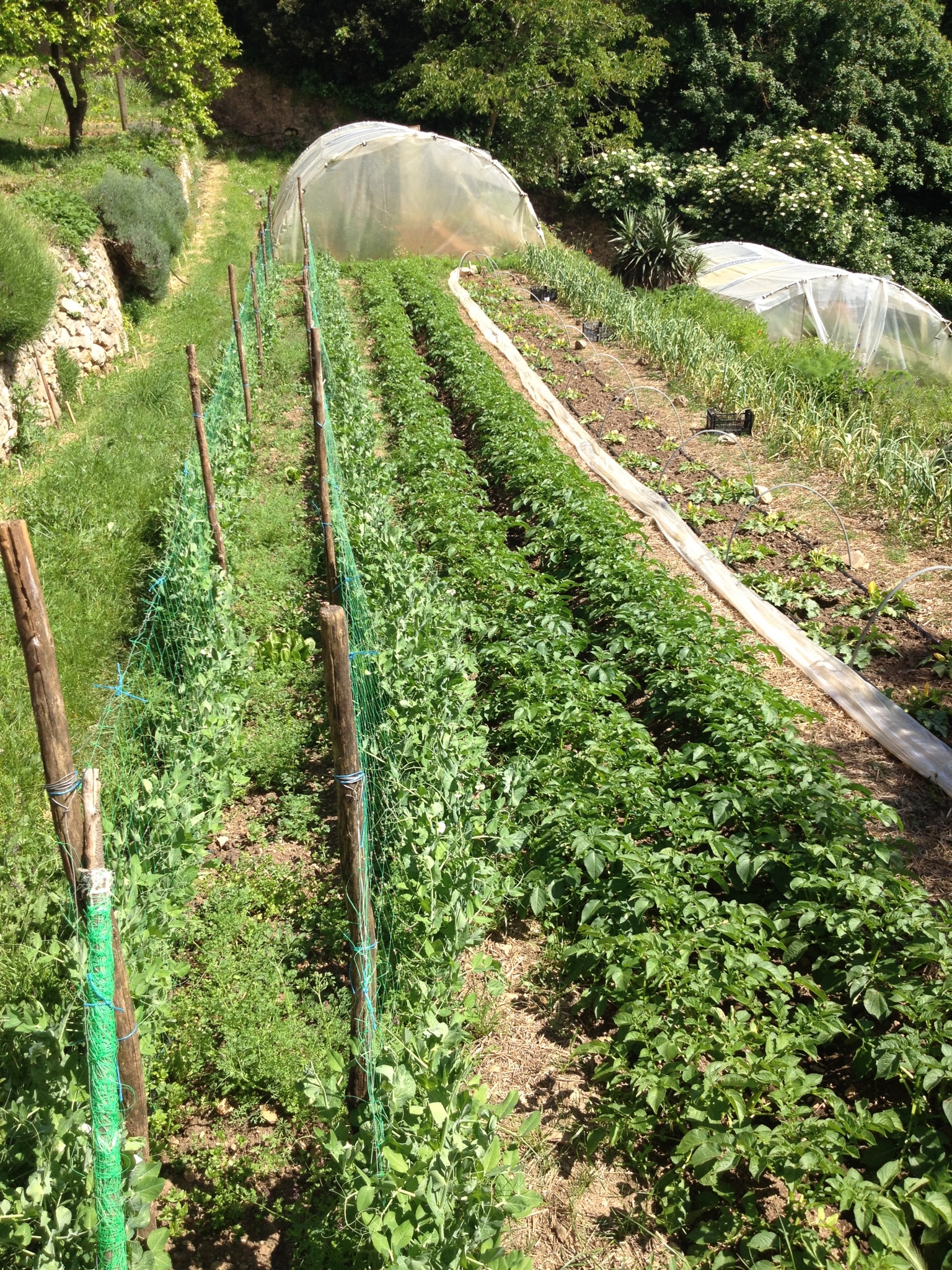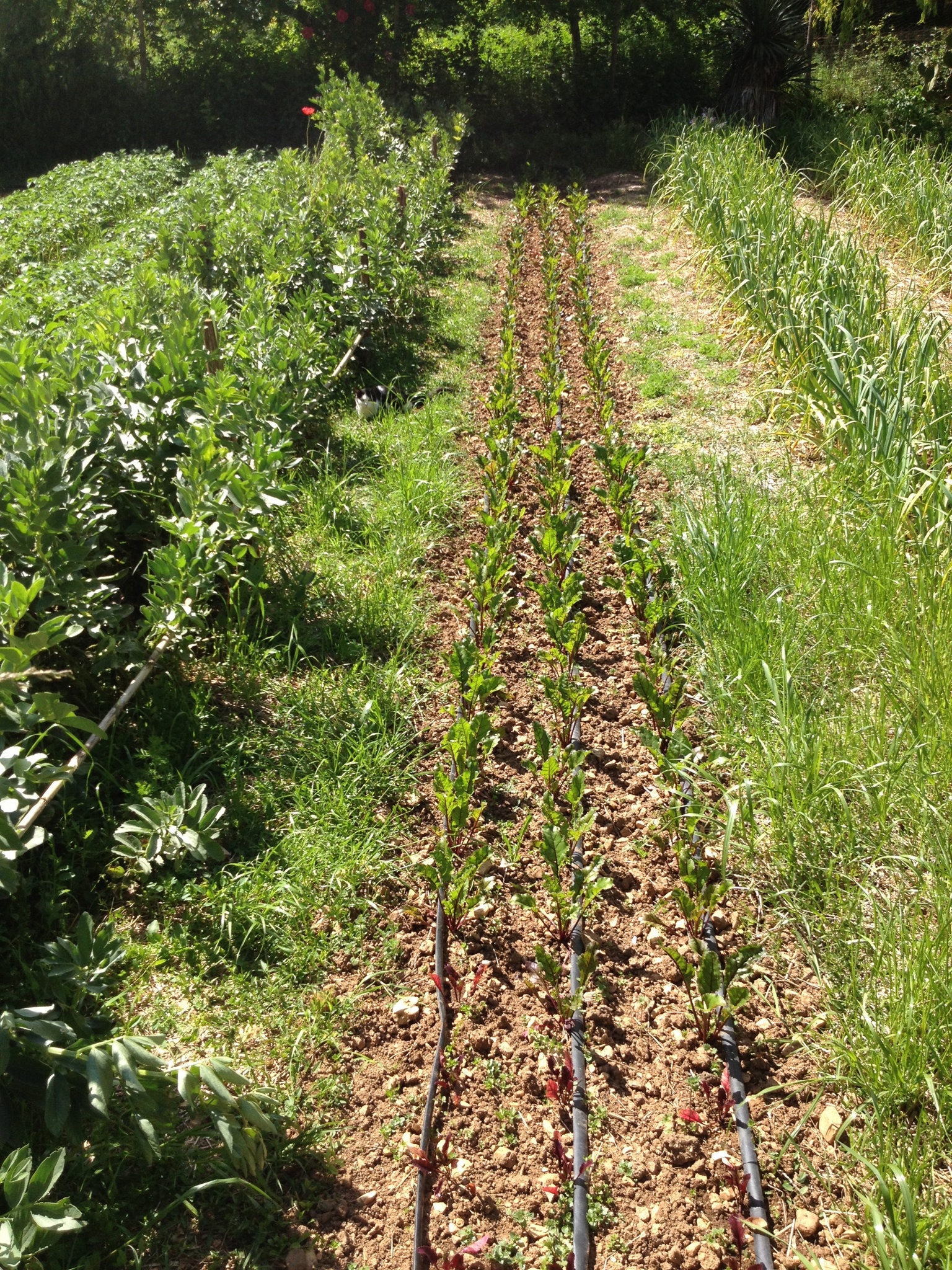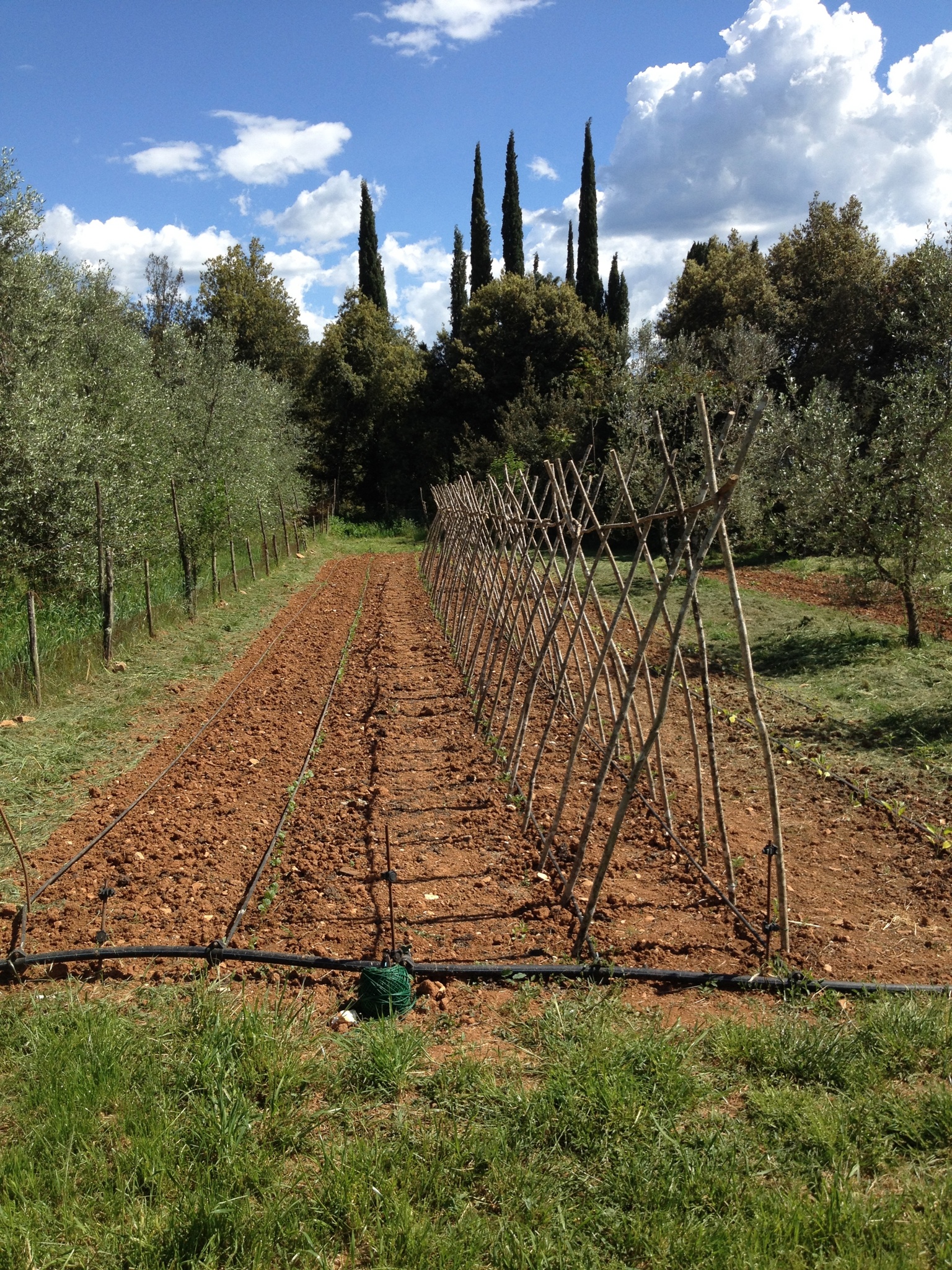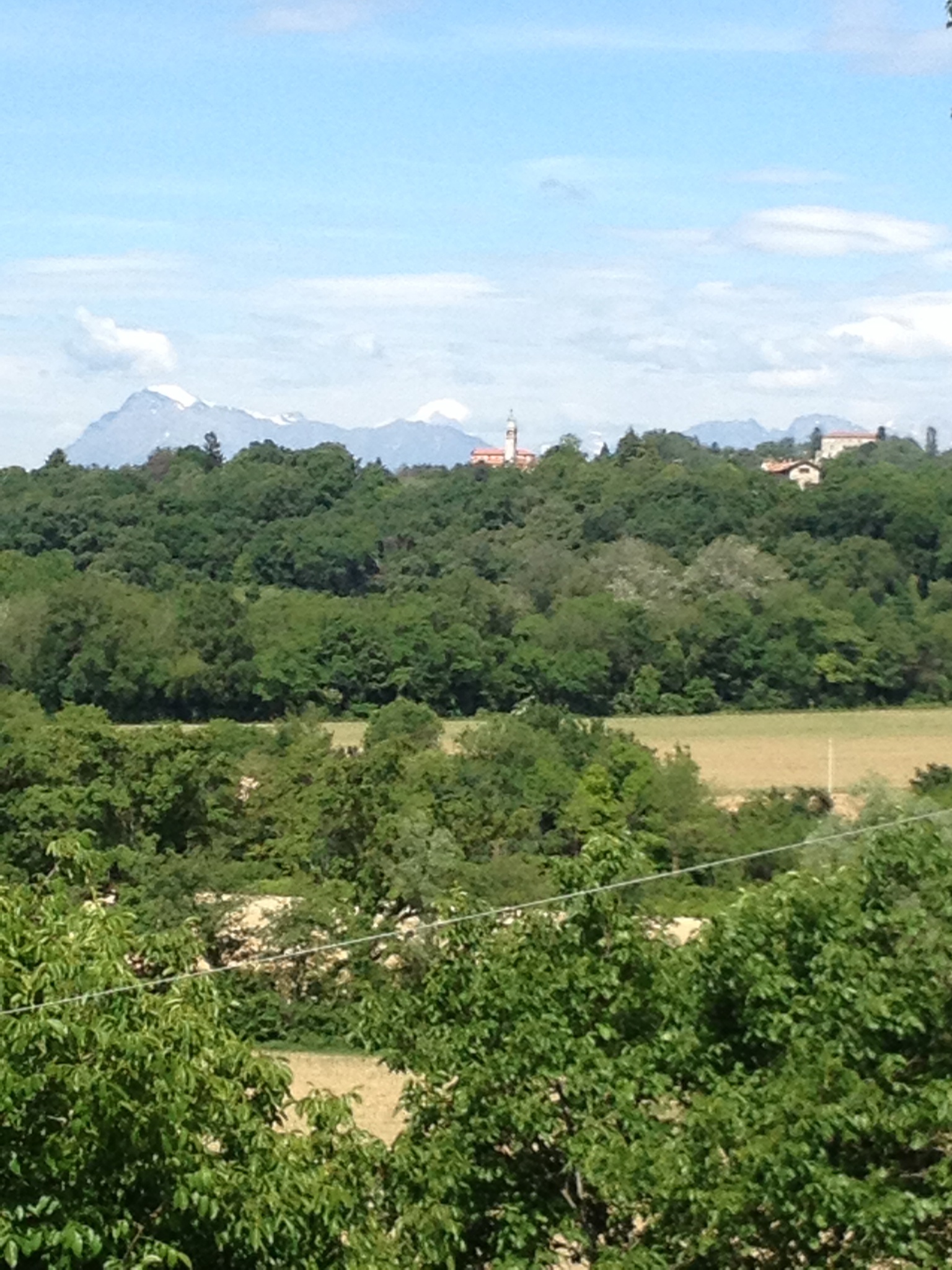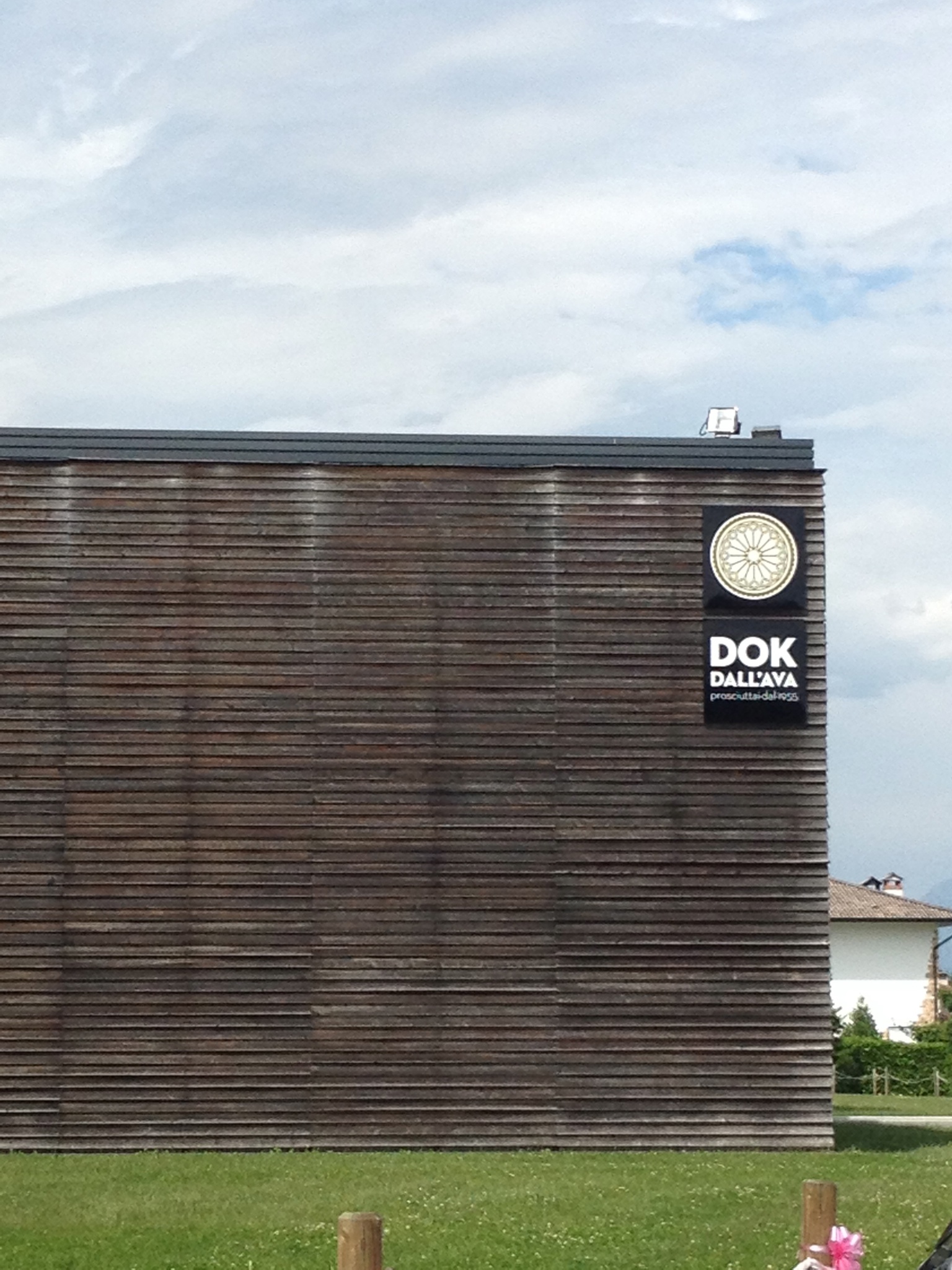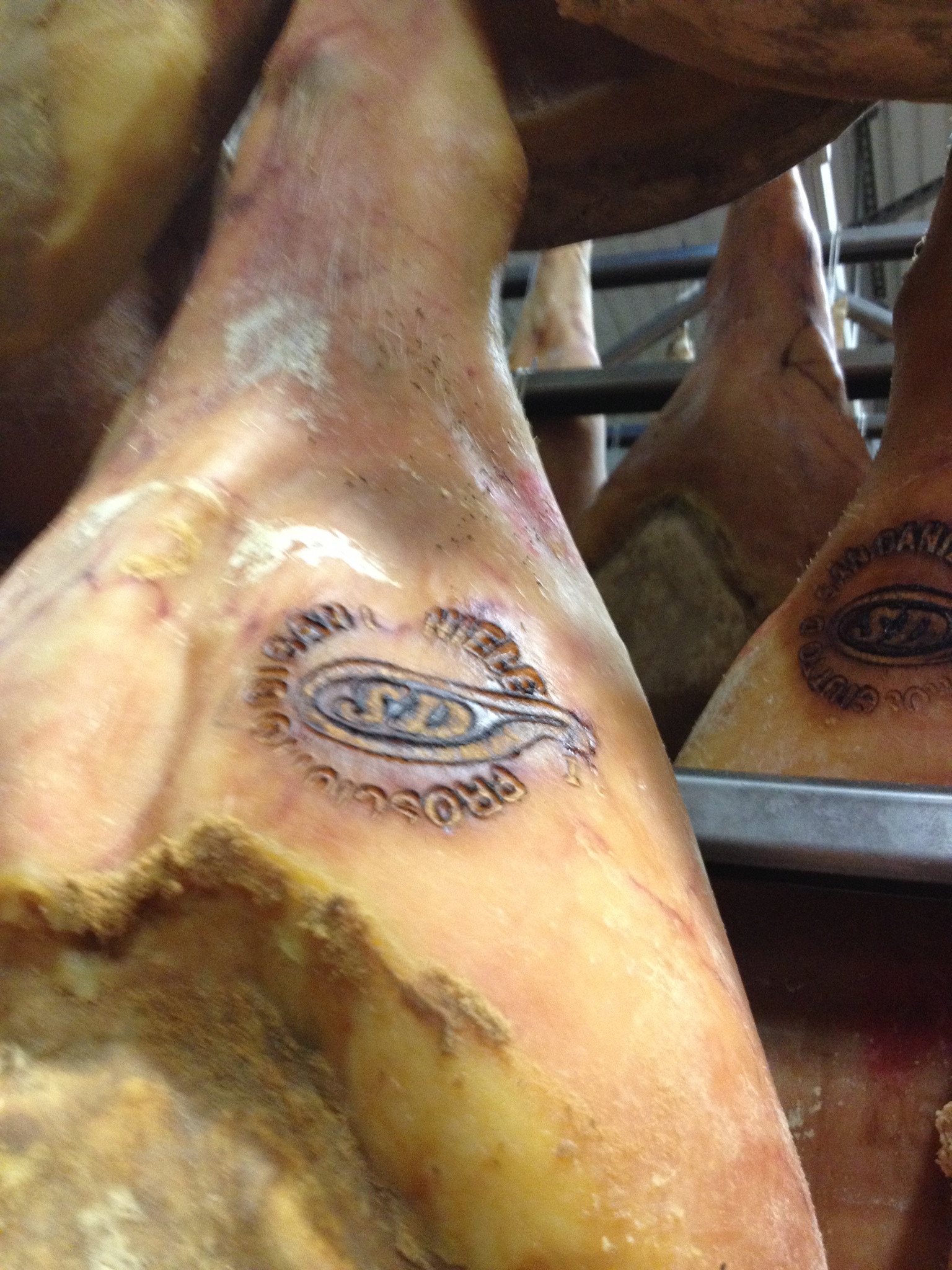The Path We Follow...
A panoramic view of the new sustainable agriculture and entertainment site at Carriage House Farm.
By Richard Stewart
First, while I write this in the first person, much of what happens on the farm involves a team of people. I have a vision of where I would like the farm to go but that includes tugs in different directions from the staff and family members that are instrumental in making this all work. In the end, whatever the finished product may be (knowing that the only thing on a farm that is ever truly a finished product are the farmers themselves), will reflect not just my dreams and hard work but that of nearly a dozen other people.
Its often hard to explain what we are doing on the farm. A path I see in my head so clearly, even if the destination is far off and a bit hazy is often times difficult to translate to others. Even a map and physical design does not do the story arc of the farm justice. ‘Til now much of what has been communicated to the public has been in the form of casual conversation. More often than not the person I am casually discussing these grandiose plans with looks like a deer caught in headlights: amazed, confused, curious, or maybe just late to some other appointment that my going on and on about my hopes and dreams is keeping them from. So, I would like to explain to you where we are headed in a way that also shares a bit about ourselves, while also giving you the option to process in your time, at your leisure, not held captive.
In May 2014, exactly five years ago this day, my wife Christie and I traveled to Italy to visit with friends in Milan. During that trip we traveled to and stayed for three days at a farm in central Italy, just east of Siena in the heart of Tuscany. This sprawling agricultural treasure is known as Spannocchia, a 1110-acre farm first built in the 16th century. An Italian woman and her American husband now own the place. The core business of their farm is a timber operation on a majority of the acres and an agro-tourism not-for-profit foundation that brings non-Italian guests and students on the farm for various lengths of time to enjoy and/or study at the farm. What I saw was two halves, each steeped in agricultural processes supporting one another. The two groups of people operating there—a group responsible for education and group responsible for farm labor—for a symbiotic relationship that made the farm really work. Guests, if all those who pass through Spannocchia can be classified in that way, could be divided into students and tourists The first stayed for weeks if not months-on-end starting and ending a season while the others, like me and my wife, were there briefly to experience the place and move on.
What left a lasting impression was the community that was formed on the farm regardless of whether you were tourist, a student, or employee.
I was enthralled with the whole experience. At this point in my life I had been farming for a dozen years. I had wanted to see what an old Italian farm was like. It had been recommended by a chef friend of mine as a place for study in charcuterie, farming, and old world food.
My wife and I rented a car and escaped Florence for the Tuscan countryside. There are dozens of experiences available to the agritourist, if not hundreds in the region. It’s known for them. But this was different. Spannocchia was grounded. The dirt and grit of a farm operation wasn't hidden behind the facade of clean, elegant, countryside, tourism. It was as much working farm as it was a place for people to visit: imperfect, human, real.
What I experienced was magical. It was something that most travelers experience when they visit something new or unique, that excitement and joy that they hold on to for years after the end of the trip. But on this trip, I wasn’t just a tourist. I was also a farmer and so I felt keenly the underlying harsher reality of what the owner was explaining as he gave a private tour of their hog operation: how to generate income.
Income was just as much a problem for them as it was for us. Small farms regardless of where they are in the world all suffer from the same problem. Unable to match the large industrial production of food and the margins associated with cheap food, we both had focused on quality over quantity and community and family over a factory-farm setting (Italy has them, just like the rest of the Europe and the United States). Much of their issues were associated with getting tourism dollars onto the farm and better managing their woodlots which came with much political and bureaucratic aggravation. As we strolled among the farrowing lots—places where mother pigs raised their young to weaning stage—in forty by 100 foot paddocks that were green and lush, and I forgot I was in Italy on vacation. We were talking shop farmer to farmer.
As with all such travels it was over before we were ready for it to be. Christie and I spent over a week in Italy, some of it on our own, some of it with good friends and their families. We toured several regions and experienced some great food. I had a chance to tour the Dok Ham Factory east of Udine, ate some of the best fish at a little Venetian hole in the wall place called Ai Promessi Sposi. We spent a day traveling around Lake Como capped off with a dinner at EDIT. We had three days of some of the best home cooking I have ever experienced outside my own home.
Spannocchia, though, stands out the most. It’s where we were on our own, without the comfort of Italian friends, no one to translate for us, out of our element, yet blissfully happy.
When I left, I was deeply impacted. I wanted to get my own farm on a path closer to what I saw being followed at Spannocchia. I didn’t want to capture the feel of Italy—that would be inauthentic and gimicky. But I wanted to translate the feel of their community to our farm. To slow down, to get our neighbors onto the farm, to bring more people out from Cincinnati, to integrate both our farm business and the entertainment of visiting the farm, and to expose more people to regional food and farm culture. I didn’t want to do corn mazes or pumpkin patches (which we love, don’t get me wrong,) but instead build an outdoor experience that shows good stewardship of the land, a knowledge of the region and the history of its food culture, and to build a culture and experience that educates and trusts visitors to the farm to also care about the land and its care.
And that is the path we’re taking. That's the abstract, the crazy elevator pitch that makes the person think this farmer has lost his mind. The conversation that is had two or three times a year with family that never experienced the trip but have to understand in some way why you are hell-bent to change things.
There are other influences as well. The draw to pair all of this with education for both chefs and the public with small on-farm events that present a diverse offering of every kind of food type and preparation technique. Our farm celebrates its own geography and the heritage of the family that has lived on it or worked it for over 150 years, but we are also making as space as well to accommodate other traditions.
As our new building and agriculture site nears its first stage of completion we have been realizing this dream. We have just kicked off our second full year of our Community Supported Agriculture project. Last year, we had 40 members—this year it’s grown to 55, 20+ of whom will be working side by side with us to grow and sell food for market. We have begun entertaining guests visiting for on-farm dinners, pot-lucks, hosted Midwest Culinary Institute students for butchery demos, enjoyed one of our close friends getting married on-site, opened our on-farm market stand, enjoyed staff/business lunches every Wednesday, hosted a traveling book club for the weekend, and continue to work building a place we hope people in our small part of the Ohio River Valley Region will call their own, as well as a destination for others in our country who want to experience the food culture this region has to offer.
WE, will be here, building, creating, growing, farming, tasting, and experimenting, come on by, relax, hangout, enjoy.
Richard
Manager, Carriage House Farm
Co-Owner, The MadHouse VInegar Co.

